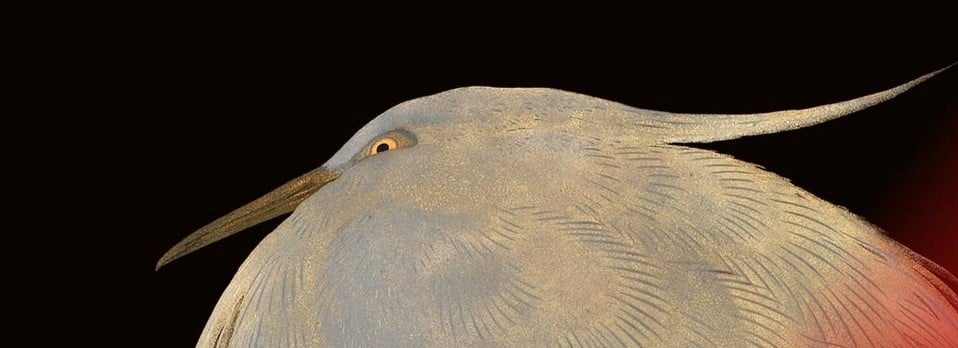
Set of arrows (ya)
1912-22Bamboo, lacquer, wood, ivory, steel, gold foil, feathers | 100 x 4.5 x 4.5 cm (whole object) | RCIN 79915
With the advent of peace in Edo-period Japan, the samurai class were instructed to maintain their warrior spirit through continued practice of archery (kyūdō) and the sword (kendō).
Arrows (ya) vary in length according to the physical stature of the user. They have a simple iron or steel tip (ya-no-ne), slightly blunted for use on a straw or paper target, and are traditionally fletched with eagle or hawk feathers. Arrowheads of different shapes were available depending on the arrows’ purpose.
On his final day in Japan in May 1922, Edward, Prince of Wales was entertained by Prince Shimazu Tadashige (1886–1968), son of the last feudal lord of the Satsuma domain. Lunch was served at Prince Shimazu’s villa, followed by an archery demonstration. Afterwards, the Prince of Wales was presented with a complete set for archery practice, including an archer’s glove, arm guard and reel for spare bowstrings, as well as the items here.
Text adapted from Japan: Courts and Culture (2020)







